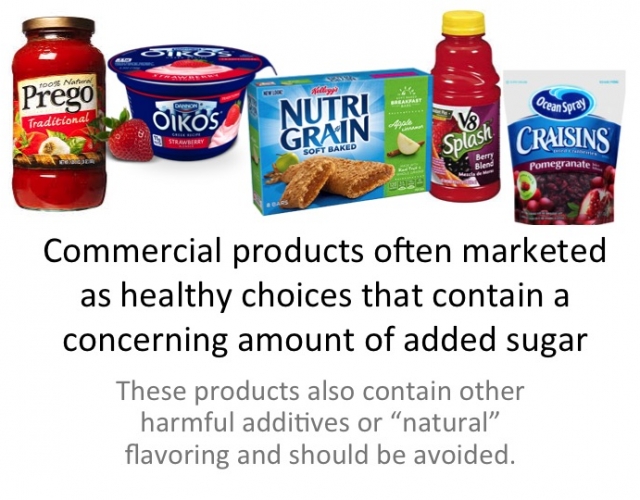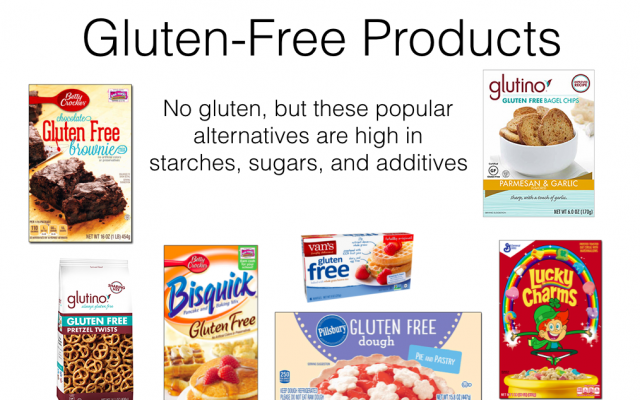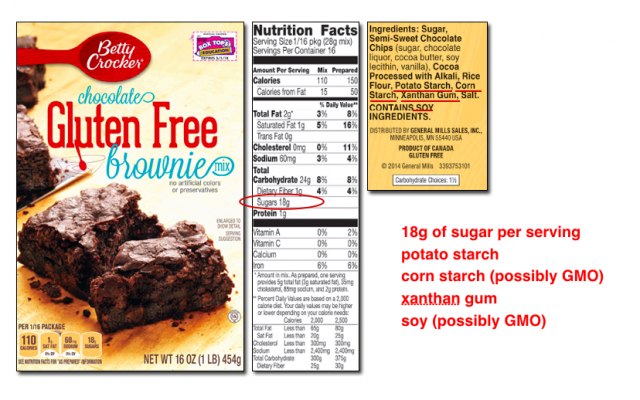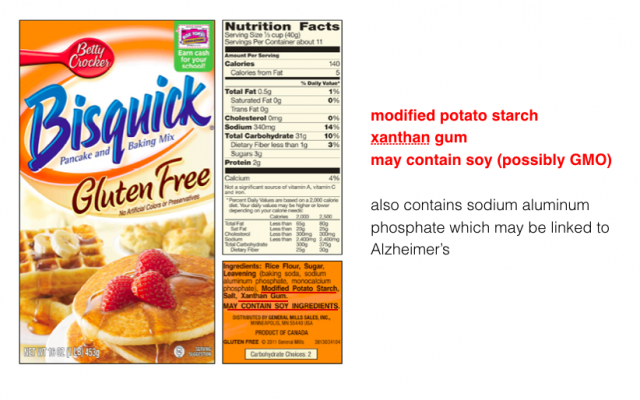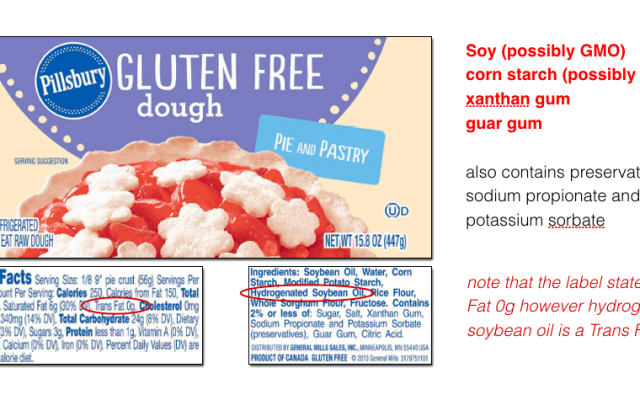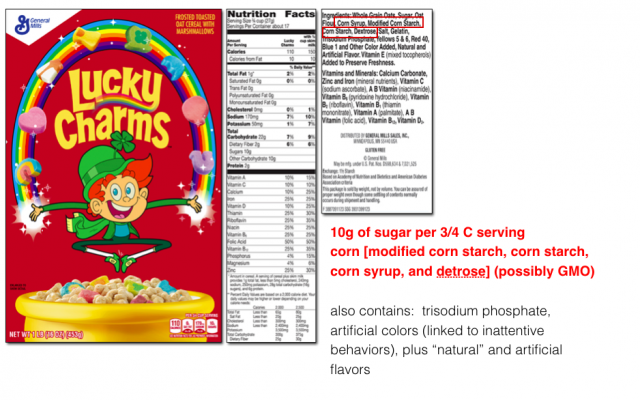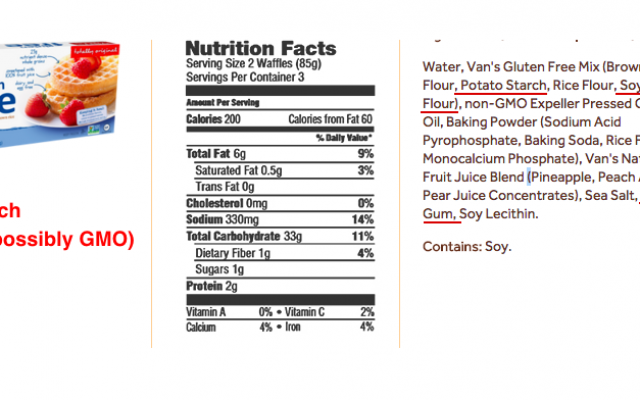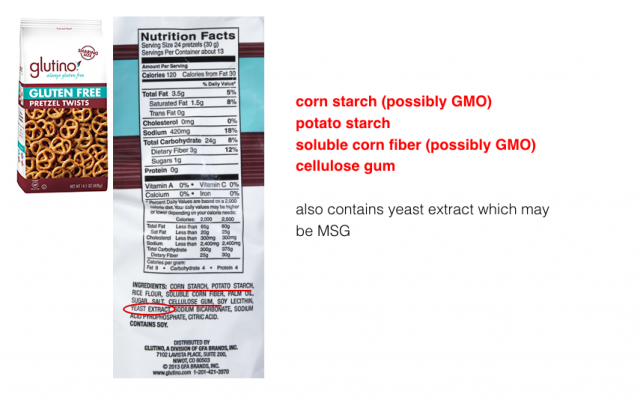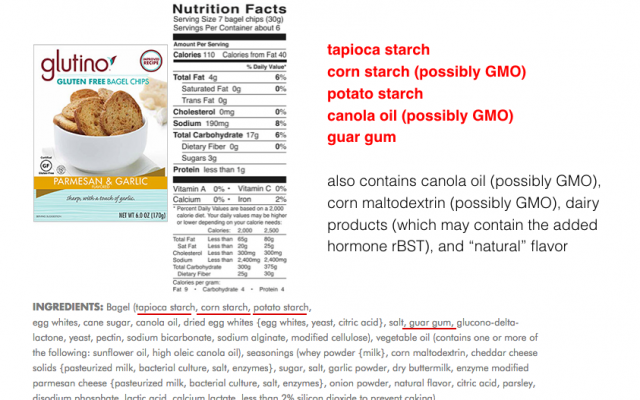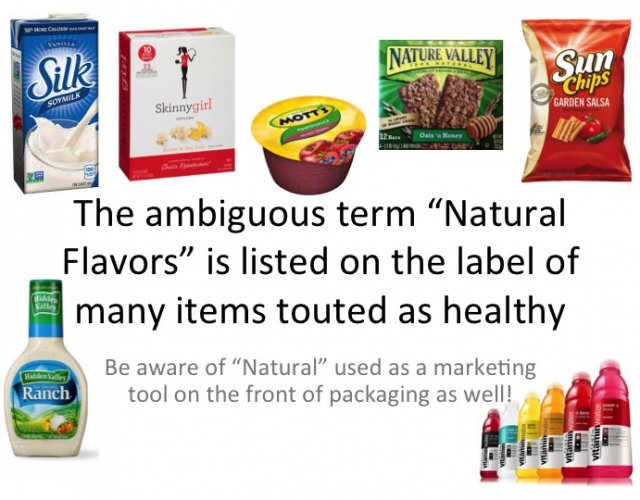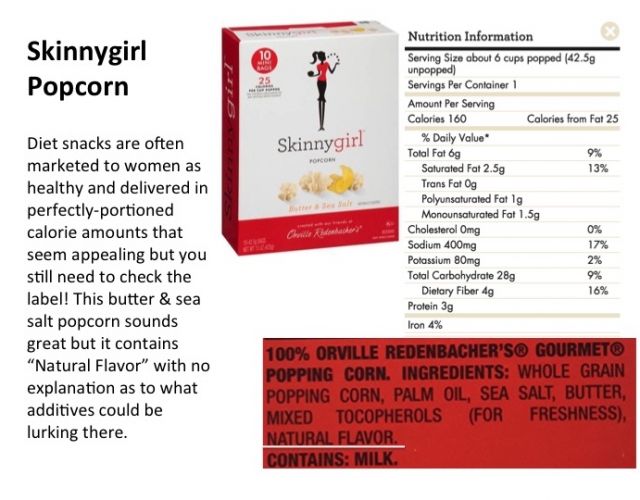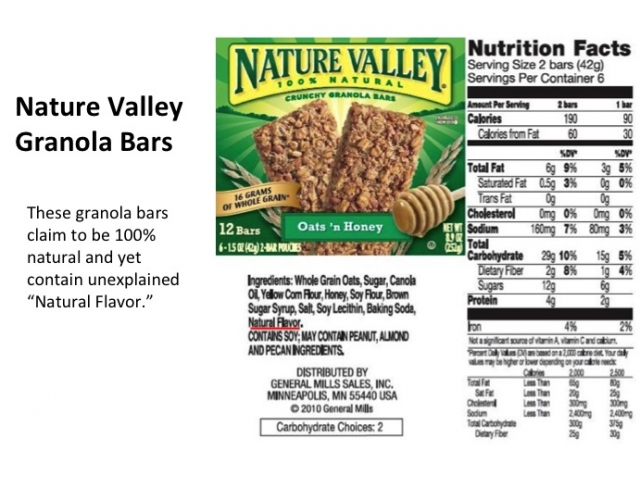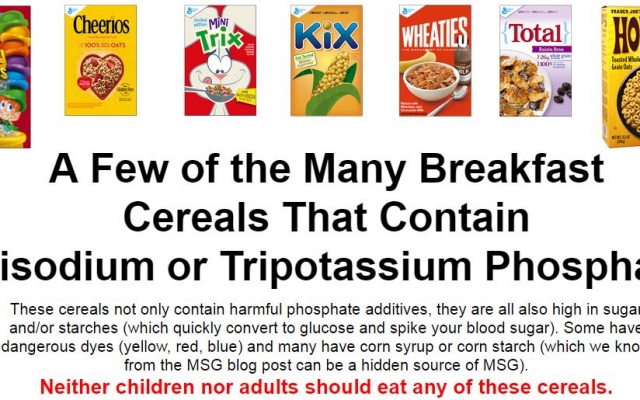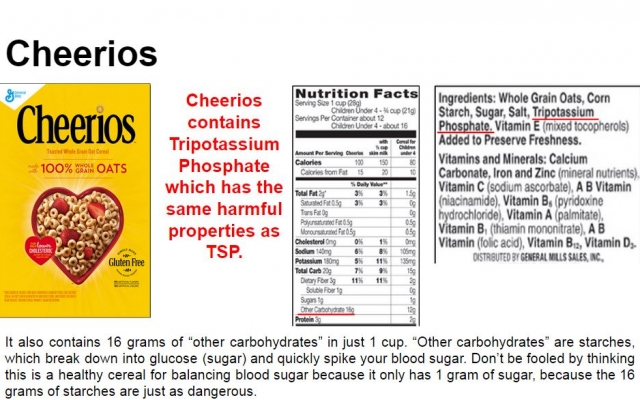Will eating a gluten free diet make you healthier? Not necessarily. While eating gluten free is necessary for those suffering from celiac disease, for the majority of people who don’t suffer from gluten intolerance it’s not necessary to go out of your way to avoid it. However doing a gluten elimination diet can help to determine if gluten sensitivity is an issue for you.
For the 1% of Americans who do suffer from celiac disease, it is critical to remove gluten from the diet completely. Otherwise it can cause damage to their small intestines as it is an autoimmune disease. A larger, growing percentage of the population are experiencing non-celiac gluten sensitivity. While they don't have damage to their small intestines, they can experience some symptoms similar to those with celiac disease. These symptoms may include brain fog, bloating, fatigue, diarrhea, constipation, and more, all of which can be helped by removing gluten from the diet. Unfortunately however, a gluten free diet may be harmful to your health if you’re not careful as many gluten free items lack vitamins, minerals, and fiber. Not only that, but they often contain processed and or refined additives that can cause digestive upset.
According to a Consumers Report 2014 survey, approximately 25% of people questioned believed that gluten free foods have MORE vitamins and minerals than other foods. Many people simply think that eating gluten free is healthier. Because gluten free foods are usually highly processed, have less nutrition, and still contain unhealthy ingredients such as artificial colors , artificial flavors, additives, and preservatives, that may not be the case.
HIGHLY PROCESSED
Gluten is found in many whole grain products made from wheat, barley, rye, and spelt. These grains are commonly found in many foods that we eat. The gluten free alternatives for breads, pastas, cereals, pastries, and other processed foods are often made from highly processed alternatives such as starches, or flours from non-glutenous grains. They also usually contain fillers, extra fat, sugar, and/or sodium to replace the taste or texture of gluten. Whole grain products naturally contain vitamins, minerals, and fiber, highly processed food products however, do not have the same beneficial levels of these nutrients. If you’re trying to reduce the amount of gluten in your diet, aim for real, whole foods that are naturally gluten free such as quinoa, brown rice, lean meats, fruits, and vegetables.
LESS NUTRITION
Gluten free baked goods typically use flour replacements that provide less nutrition than whole grain flours. These replacements are usually low in nutrients and high in carbohydrates. Tapioca starch, cornstarch, and potato starch are three ingredients commonly used to replace wheat (or other glutenous grain) flour(s) in gluten free food items.
- Tapioca starch – often used as a thickener, however it contains no nutritional benefits and is over 88% carbohydrates by weight.
- Cornstarch – very low in dietary fiber and contains negligible amounts of vitamins and minerals. An added challenge with cornstarch is that the corn may be genetically modified which present additional health challenges.
- Potato starch – frequently used as a thickener, contains little nutritional value while having a very high starch content. Another issue with potato starch is that potatoes are increasingly being genetically modified. Currently there are five different varieties that have been modified.
DIGESTIVE UPSET
Gluten is a very important part of many food products, especially for bread. Gluten is like a “glue” that helps food products stick together so they aren’t crumbly and fall apart. The gluten in grains such as wheat allows it to rise and have a fluffy consistency rather than being dense and flat. In order to compensate for the lack of “glue” in gluten-free products manufacturers use gums to give the dough a sticky consistency. The most commonly used gums are xanthan gum (used as a thickener, emulsifier, and food stabilizer), guar gum (a thickening, stabilizing, suspending, and binding agent), and locust bean gum (used for thickening and gelling). While these gums are generally safe for consumption, because they are mostly indigestible fiber they often cause side effects such as intestinal gas and bloating. Some of these additive gums, such as xanthan gum, can be sourced from corn or soy (two highly GMO crops) which would be another reason to avoid them.
LESS VITAMINS MORE SUGAR
Just because something is gluten free doesn’t mean it is a healthy choice, low in calories, or low in carbohydrates. Actually many processed gluten free foods are less healthy in that they have more calories and sugar than regular foods. Many gluten replacement foods are actually not only low in nutrients, they’re very high in carbohydrates. Because these carbohydrates are highly processed they are foods that can have a significant impact on blood sugar levels. This is a significant difference from gluten-free whole grain products such as quinoa or amaranth which, because they are whole grains, do not have the same effect on blood sugars.
As an example, a Consumer Reports comparison of a regular blueberry muffin with a gluten free blueberry muffin found that the gluten free muffin contained 30 more calories and 7 more grams of sugar.
Regular muffin: 340 calories, 17 g fat, 24 g sugar
GF muffin: 370 calories, 13 g fat, 31 g sugar
Whole grains are a good source of many nutrients especially the B vitamins, iron, and fiber. It’s important to understand that even gluten free grains when consumed in their whole grain form provide a high level of nutrients. It is the processing that damages, or reduces, the micronutrient levels while increasing carbohydrates. Gluten-free grains include: quinoa, teff, amaranth, rice, corn, millet, buckwheat, and oats.
Check out this slideshow of popular gluten-free food products
ARTIFICIAL INGREDIENTS
Just because a food item is gluten free doesn’t mean that it is free from artificial colors, artificial ingredients, or preservatives. If you’re trying to eat gluten free, make sure you read the label. Rather than relying on gluten-free versions of cakes, cookies, crackers, cereals, and other starchy crutch foods, it is best to find whole foods that are naturally gluten free. Whole foods which aren’t processed are more likely be free from artificial additives. It's important to remember that gluten-free isn’t the magic pill to a clean and healthy diet. Choosing vegetables, whole grains, nuts and seeds, fruits, fish, and lean meats will provide the healthiest options.


 personal frustration with this product is how it is labeled. The ingredients are extremely small red/orange print on a brown background. This makes it very difficult to read, a choice that I have to believe is deliberate on the part of the manufacturer. I find it deceptive when manufacturers label with this type of print or grey print on a dark background. Anytime the label is not clear and easy to read I have to wonder what they are hiding.
personal frustration with this product is how it is labeled. The ingredients are extremely small red/orange print on a brown background. This makes it very difficult to read, a choice that I have to believe is deliberate on the part of the manufacturer. I find it deceptive when manufacturers label with this type of print or grey print on a dark background. Anytime the label is not clear and easy to read I have to wonder what they are hiding.






